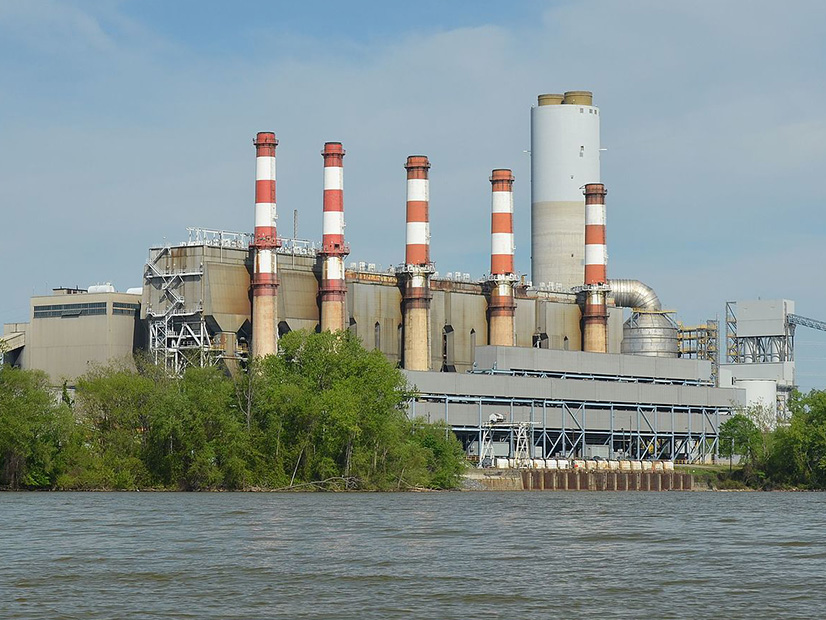
Duke Energy (NYSE:DUK) on Monday filed a proposal with the North Carolina Utilities Commission (NCUC) that presents four broad paths to reducing carbon emissions by 70% by 2030 and achieving net-zero emissions by 2050.
Under development for months in a process that included stakeholder discussions with representatives of more than 300 interested organizations, the plan does not go into specifics. The company noted that the lack of specificity in its “all of the above” mix offers “regulators multiple options that balance affordability and reliability for customers.”
Under the proposal, Duke’s remaining coal-fired plants in the state would be retired by 2035, replaced by wind, solar, battery backup, “hydrogen-ready” gas turbines and perhaps a small modular nuclear plant, though the cost of any of these plans is not specified.
The company does point out that in the next two years, any of the multiple options it offers will have limited impact on costs. But beginning in 2025, customer bills would increase by 1.9 to 2.7% through 2035.
“The plan’s first portfolio achieves the 70% target by 2030, while the other three portfolios achieve the 70% target by 2032 or 2034 through increased reliance on both onshore and offshore wind and/or small modular nuclear generation, leveraging the law’s flexibility intended to help advance cutting-edge, carbon-free generation. All four portfolios reach carbon neutrality by 2050,” the company said in a statement issued with its filing.
“In the near term, the plan focuses on aggressive energy efficiency and demand-side management, along with grid upgrades to enable significant growth in renewables. That includes between 7,600 MW and 11,900 MW of new solar by 2035, depending on the portfolio, on top of the 5,000 MW of solar expected online by year-end and an additional 1,900 MW of solar currently planned or under development.
“Approaching the 2030s, wind and small modular nuclear come into play to diversify the carbon-free energy mix. This diversity is key to meeting the least-cost and reliability mandates required by state law.”
A coalition of advocacy groups — the Natural Resources Defense Council, Southern Alliance for Clean Energy and Sierra Club, represented by the Southern Environmental Law Center, along with the North Carolina Sustainable Energy Association — issued a statement following the company’s filing, noting that the organizations are preparing for NCUC hearings over the next 60 days and have already “commissioned expert analysis of the proposed Duke plan that will be filed along with an alternative plan on July 15.”
The company’s proposal includes four public hearings in July and a virtual hearing in August.

